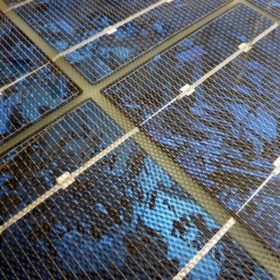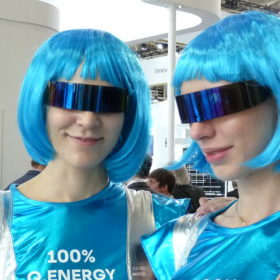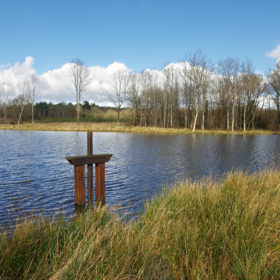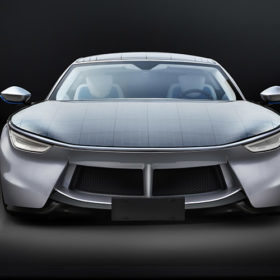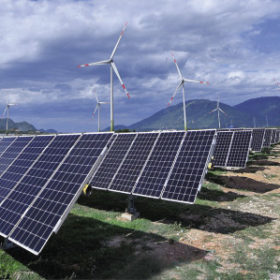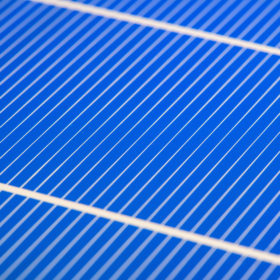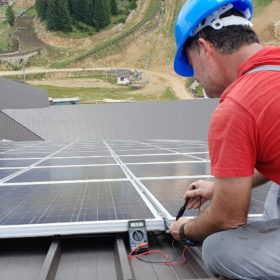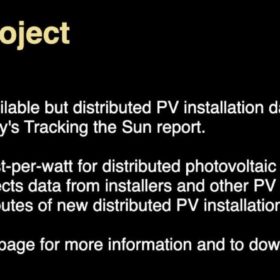US scientists claim clear-sky irradiance model provides better results for module testing
Researchers at the American Institute of Physics have used the clear-sky irradiance model developed by the National Renewable Energy Laboratory to measure the degradation rates of solar panels at a testing field in Germany over five years. The scientists say the model, when combined with real-world data, offers an efficient tool to evaluate the aging of PV technology.
The year in solar, part II: A lively show season, more legal shenanigans and rising panel efficiencies abound
Intersolar Europe is always a key date in the solar calendar but this year’s show had it all, including three panel-smuggling arrests. Elsewhere, wafers were getting bigger, efficiency records were tumbling and new technologies were emerging. There was also more news on the solar car ports fad and Hanwha’s ongoing legal tussle.
Aquavoltaic potential in Taiwan
Scientists have developed a new mathematical model which indicates floating solar on fish farms could be a lucrative option in land-scarce Taiwan. Although floating arrays could hinder fish production, the losses would be largely compensated by electricity-related income.
US research lab rewires solar cell efficiency to 27.3%, sees path to greater than 32%
NREL has published a paper showing an experimental solar cell, with a unique technique for wiring two separate solar cells into one, that increased the cell’s efficiency by 4%. The document also offers a respectable review of other technologies being developed.
Hybrid power plants, and the move beyond LCOE
A new paper published by the U.S. National Renewable Energy Laboratory delves into the potential of hybrid power plants combining wind and solar generation. Development of such plants, according to the lab, is driven by the need to increase profitability and consider metrics beyond levelized cost of electricity, taking into account time varying revenues and better managing these renewables inherent variability.
Peering into a 55% solar future for the US
National Renewable Energy Lab researchers conducted hourly modelling based on a future energy mix containing 55% solar power and found spring days of free electricity among the results, emphasizing the critical role energy storage will play.
Exeger and ABB to build ‘light harvesting material’ fab in Sweden
Swedish company Exeger says the dye-sensitized ‘light-harvesting material’ it will produce at its facility will generate enough power to prevent the need to recharge portable electronic devices, lengthening battery lifespan perhaps indefinitely.
Live fast, die young: MIT study proposes use of 10-year panels
Research has found even short-lived, 10 to 15-year solar panels could provide enough return for bankable projects. The researchers believe panel costs, coupled with an industry mindset now fixed on the final solar energy price rather than costs per kilowatt installed, may open opportunities for PV products currently snubbed because of a short lifecycle.
Open PV Project goes offline
The US Department of Energy has shut down the site for its Open PV Project, which supplied cost and installation data. Is this the winding down of a project whose time had come, or is the administration of President Donald Trump closing off another data source on renewable energy?
A common language for bifacial PV
This week pv magazine was in Amsterdam for the sixth edition of the BifiPV workshop, where the discussion focused on the impressive achievements made by bifacial solar modules and the challenges the technology faces as it moves toward mainstream adoption.
